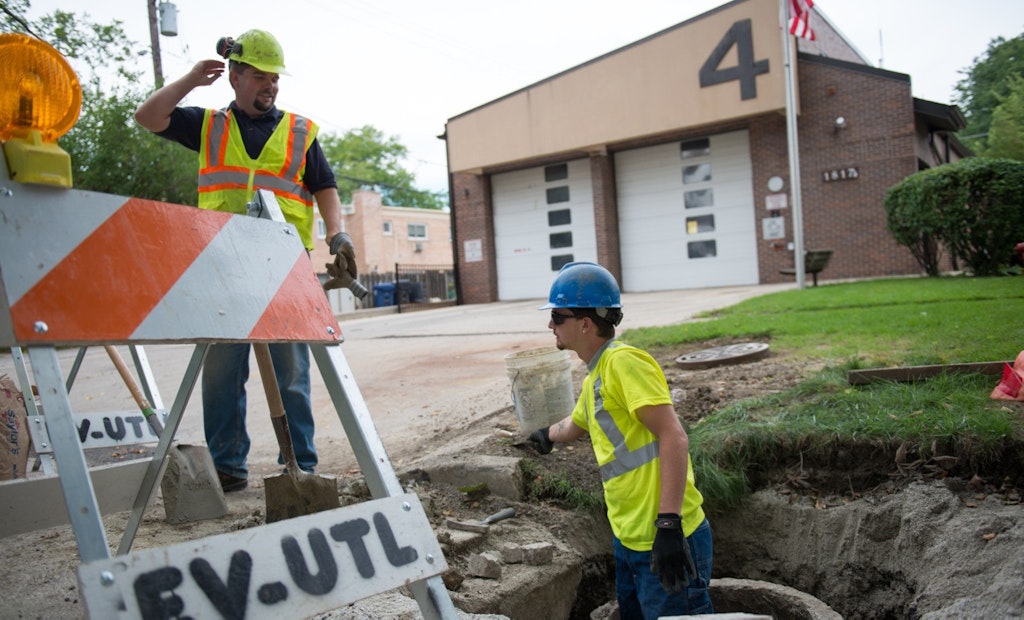Editor's note: Here, we highlight just a portion of the Evanston, Ill., collections system. For more information, check out the December cover story, "Innovation And Proactivity Put The City Of Evanston Ahead Of The Storm."
To deal with stormwater overflows, cities across...






